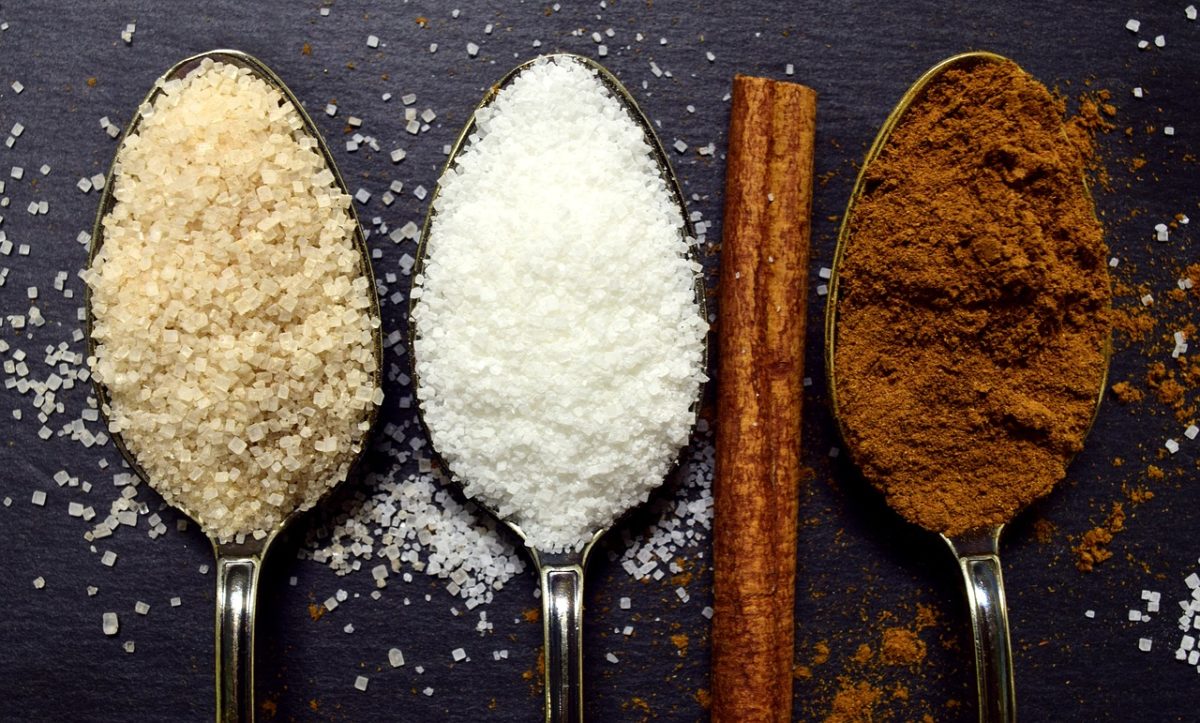People with diabetes are constantly reading product labels and monitoring the levels of sugar in the things they eat. There are seven primary alternative sweeteners that food and beverage manufacturers use and each comes with its own benefits, drawbacks, and potential side effects.
Before selecting a sugar substitute, individuals should carefully consider the taste, intended use, cost, and availability. Whenever possible, nutritionists recommend the use of fruit as a sweetener. The following is an overview of sweeteners to help diabetics make informed decisions.
Acesulfame potassium
The sweetener is 200 times sweeter than sugar and known by the brand names of Sweet One and Sunnett. Other sugars are often added to counteract its bitter aftertaste.
Aspartame
Available since the 1980s, it’s 200 times sweeter than sugar and typically used as a tabletop sweetener though it can be found in diet soda. It’s available under the names Equal and Nutrasweet.
Neotame
Low in calories, it can be 7,000-13,000 times sweeter than sugar. Available under the name of Newtame, it’s a general purpose sweetener appropriate for baking and other foods, but not for meat or poultry.
Saccharin
The sweetener has been around since 1878 and used in food since 1879. It’s sold under the brand names of Sweet’N Low, Necta Sweet, and Sweet Twin. It can be 200-700 times sweeter than sugar.
Sucralose
It’s 600 times sweeter than sugar, contains few calories, and is used in everything from chewing gum to baked goods. It’s sold under the brand name Splenda and is one of the most widely available sweeteners.
Stevia
Derived from the Stevia rebaudiana plant, it’s approximately 300 times sweeter than table sugar. It can be found under a variety of brand names that includes Sun Crystals, Truvia, and Sweetleaf. It won’t raise blood sugar levels, but other sugars are often added to mitigate its bitter aftertaste.
Tagatose
Ninety percent sweeter than sucrose, it’s found naturally in a variety of fruits but its use in foods is rare. It’s difficult to find in stores and generally more expensive than other sweeteners. It can be beneficial for those on a low-GI diet.
If you would like to find out about earning cash for your unwanted, unused and boxed test strips, complete our online quote form today.
If you have extra, unopened and unused boxes of diabetic test strips – whether you have switched brands, no longer need to test or test less frequently, or have a loved one who has passed away – don’t let them gather dust until they’ve expired and end up in the trash. We’re the best place to sell diabetic test strips online, and if you want to sell your test strips, we’re here to make the process easy and enjoyable!
Visit us at Sell Your Test Strips and get your free quote today!
Like us on Facebook

